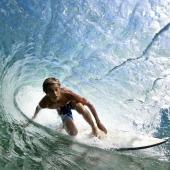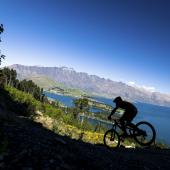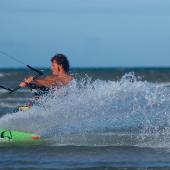Cross Country Skating
Cross-country skiing is very popular with many people. Only very few people are familiar with the several cross-country skiing techniques. On the one hand side, there is the classic style, moreover, there is the free style. Particularly at last-mentioned style, the artistic regarded Skating is applied.
In general, in cross-country skiing you will push off through horizontal or uphill rebounds along the snow. While in classic-style cross-country skiing, it is all about the movement styles double cane, diagonal step, half step and bones herringbone, skating is the most important basic element of all skating step. This move was developed in the 20th century as an ongoing improvement in training methods and in ski material. It was especially developed based on the urge for higher running speeds. During the skate move, one ski always remains in the track while swerved sideways to the other.
Imitators of the famous Finnish cross-country skier Pauli Siitonen called skating also "Finnstep" or "Siitonen-Step", since he was one of the first who applied this move. An adjustment in the classic trails was needed due to this new technology. A trail is groomed trail in the snow to practice cross-country skiing. Thus, for skating, then the trails went not only straight symetric, but since the late 70´s of the last century, they were half-groomed and half-rolled.
There are specific movement techniques in skating that differ to one other. These depend on the achievable speed and put the availability of symmetry transverse to the direction and the ratio of leg kick as well as the use of canes in the center.
Diagonal skating is a pure ascent technique that is applied to steep climbs. When lead arm technique is applied, which is also for climbs and difficult terrain rides, only every second leg kick a double cane push happens. It is the main form of the most asymmetrical movement. Skating single cycle means to add a supportive double cane push in a symmetrical and powerful way. In a slightly sloping terrain the arm kick technique is practiced by the active prefetching of arms contribute to propulsion. At ice-skating steps without use of canes, you reach the highest speed. You can, so to say, "Free Skating". This movement pattern can also be practiced in downhill position.




